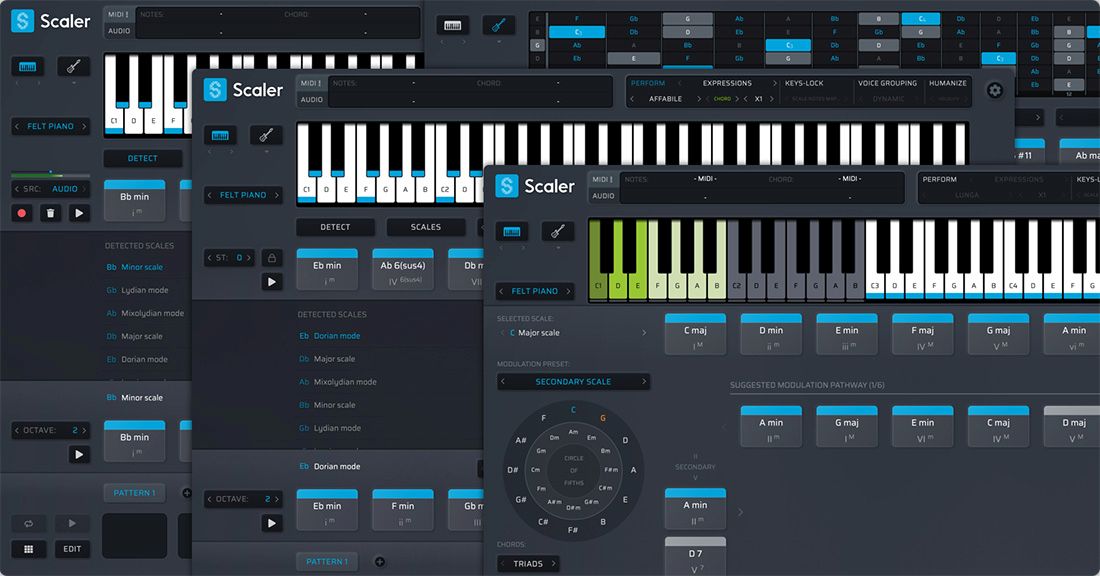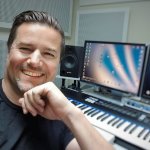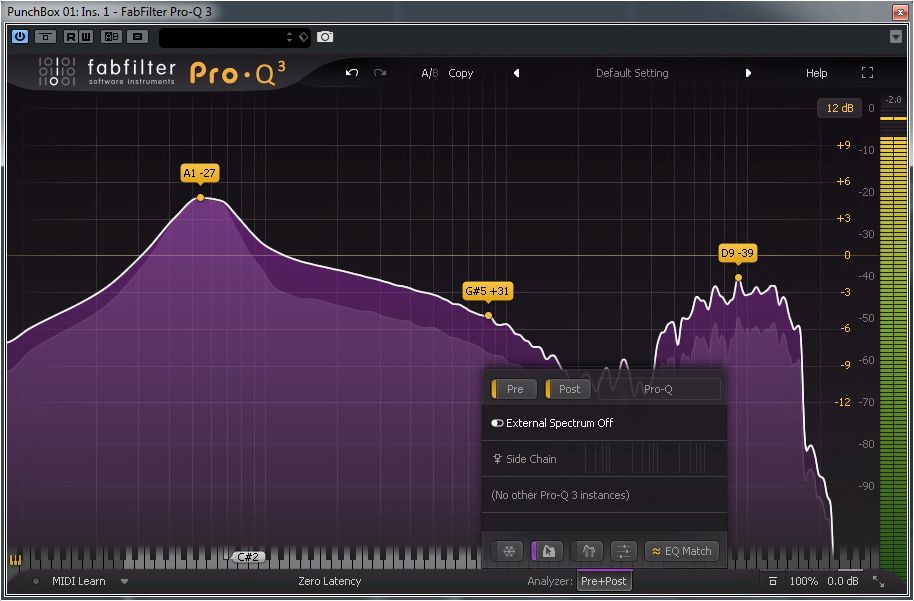How to get inspiration while composing music
I am sure that you will agree that sometimes it is not that easy to be creative. Creativity depends on many factors. I’ve put together a few tips on how to get inspiration while composing music. Some tips are simple and obvious – others are more complex.
Let you inspire by Plugins or Sample Packs
A very easy way for me to be inspired are new, interesting plugins. That is probably the reason why I have hundreds of them on the hard drive. But also just stepping through a new sample pack can be very inspiring. The whole thing naturally brings the risk that you can quickly lose focus because you are only busy with exploring new tools. Therefore: do it sparingly.
I can recommend Plugin Boutique Scaler 2 as it is an inspirational and powerful music theory workstation that gives you access to a world of new ideas, expressions and melodies. The plugin helps you discover the perfect melody with performance expressions, and can even suggest ways to change from one key to another. A useful, great value composition plug-in to help you to become a smarter composer. Exploring new progressions was never that easy.

Melodies / MIDI Files
Use MIDI Files for instant inspiration
MIDI files/packs are not just a fantastic source of inspiration while composing music. They can make music production easier. You can also learn a lot from a MIDI pack when it comes to music theory. There are inspirational packs such as Resonance Sound MIDI Weapons Bundle that contains hundreds of royalty-free melodies that you can use as a base.
But you can also e.g. download MIDI files from a favourite song online in order to adapt them to your own needs. Edit the MIDI file (chord progression, hook line etc.) so that it sounds not too close to the original, then name it your own. MIDI offers the ultimate freedom to choose your own synth sounds, change the key of the loop, edit the length, velocity, notation, tempo and much more. You get the opportunity to personalize a MIDI File and make them unique to your own style. This isn’t a copyright infringement so don’t feel guilty.
Spice up a melody / Accents
If you are of the opinion that your lead melody sounds too boring or should be spiced up, then fill in the pauses between the notes by inserting the root note an octave lower in one place and the 5th note in another. This can happen quite randomly/without a structure. The main thing is that you only add notes between the main melody. This makes your melody sound more interesting and fat. It’s a technique that is especially used for trance music. But other EDM styles also benefit from it.
You can easily spice up your melody by accenting a few key notes. Find the notes that have a special influence on the listener or are particularly important in the melody. Then emphasize these notes by playing them on top of the main melody with another instrument. This makes the melody much more interesting.
Change MIDI Notes
When you have created the basic arrangement/melody for your track, transfer all of the MIDI to another note and let it affect you. That can lead to a completely different feeling and transfer the track in a completely different direction. However, the kick drum often has to be adapted to the new root note. Don’t waste your time and try to transpose the kick drum. It’s best to choose another one that matches the root note.
Split up your melody
This is a good way to make sure there is no overlap in notes:
- First, play the entire melody on the piano/your desired sound.
- Then you should disassemble what has been recorded: chords, melody, bass, etc. ⠀
- At the end, each part can be assigned its own sound without any problems. You are completely free in the instrumentation.
Take an existing chord progression and play a melody over it
Take a song that you like and look for the MIDI file on the net and then import it into your DAW. Then write your own melody for the existing chords. Then you can change the chords or remove them completely to write your own chords underneath.
Of course, the whole thing works the other way around by recording an existing melody and writing your own chord progression under it.
Compose around a voice
A proven technique among music producers is to import an acapella into the DAW and then write the music around it. In the end, the acapella is simply removed. In this way you can easily be inspired by the acapella and start the song with a harmony / melody.
Further considerations
Collaborate with other Artists
Since everyone has their own strengths and weaknesses, it makes perfect sense to seek contact with other artists. This way even self-critical producers can easily find out how good theier productions sound in comparison to others. In my opinion, contact with other artists is a great inspiration while composing music.
Here is a list of great websites to find production collaborators and make music together. You can easily meet new people, accelerate your career, expand your knowledge, generate new fans, get feedback from experts and much more: Splice, Kompoz, SoundBetter, Blend, Metapop, Vocalizr, ProCollabs, Verce, BandLab, Melboss, Audiu, Vampr, Pibox, SoundCloud, Social Media (Facebook, Instagram etc)
Create something new every day
In order to maintain the level of inspiration and creativity needed to produce music, you have to stick with it. Create something new every day (8 bar loop, melody, etc.) or reserve studio time every day. Develop the habit of making music every day. Just learn to be creative every day and you’ll feel more inspired, too!
Don’t get lost in details & finish your tracks
At the beginning, it should be about the core idea / hookline. For now, don’t worry about the quality of your first loop. Don’t get lost in details at the beginning. First, focus on the basic idea and the arrangement and move on. Focusing on small details like mixdown tweaks, sounds and technical details first can lead to delays, boredom and self-doubt. It is easy to get lost this way. These breaks in the creative flow are the death of many great ideas. Creativity and speed belong together. Don’t lose focus, especially at the beginning.
A great rule is to work on just one track – from start to finish. If you pull this through to the end, you will learn a lot about the finishing process.
Then you can quickly create your own sounds and build your own identity. It’s all about practise.
Accessibility of your devices / Clean studio
Place your devices / synthesizers in such a way that you have access to them at all times and make sure that you do not have to worry about cabling or the conversion or accessibility of equipment during the creative process. this generates maximum output. Also I think it feels much better to go to a clean studio than a messy one. Somehow, a room with clutter and chaos can rob the creativeness. Take the time to clean up your studio and you will feel better and have more freedom in your head to be creative.
You don’t have to be able to do everything
If you’re a producer, your focus should only be on producing. When it comes to technical, business, or marketing skills (social media / artwork etc.) that can be imparted to someone else. You can’t be good at everything and should only focus on your own skills. If you try to do everything you will only lose an infinite amount of time.
I hope you find these tips how to get inspiration while composing music useful.







